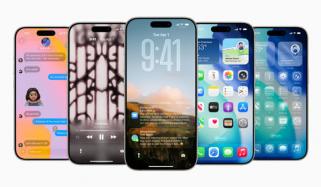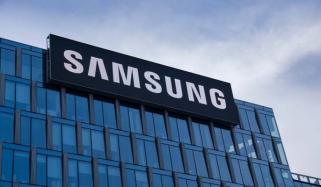
As innovation accelerates, many familiar technologies are already on the path to becoming obsolete.
From traditional passwords to physical storage systems, digital transformation and artificial intelligence (AI) innovations are reshaping the world around us.
There are numerous technologies that will not be able to survive 2020s and will vanish by 2030.
Here is the list of everyday technologies that will disappear in the next five years.
Passwords:
There will be no need to remember dozens of complex strings of letters, numbers, and symbols as with the time the passwords will disappear and biometric logins and passkeys will take its place.
Fingerprint scanning, facial recognition, and iris scans will become the default for device and application access while the passkeys are a new, highly secure, and simpler alternative to passwords that rely on cryptographic keys stored securely on your devices, eliminating the phishing risk associated with traditional passwords.
Furthermore, systems will use behavioral biometrics (how you type, how you hold your phone) to continuously verify identity in the background.
Cables:
The mess of charging and data cables that creates "cable clutter" is finally on its way out.
Technologies like Qi are becoming standard, offering simple, contact-based charging. For most users, data transfer will happen invisibly through the internet, making local cable transfers for things like photos and documents obsolete.
Remote Controls:
You will not need remote to operate your devices as the single-purpose remotes will also vanish with time.
Smart speakers and integrated AI like Alexa, Google Assistant, Siri will dominate home control, responding to natural language commands. Motion and gesture sensors, potentially integrated into screens or wearables, will allow for intuitive, hands-free device interaction.
Motion and gesture sensors, potentially integrated into screens or wearables, will allow for intuitive, hands-free device interaction.
External hard drives:
Physical, local storage devices like spinning hard disk drives (HDDs) and even USB sticks, for general-purpose long-term storage will also no longer needed in the future.
Services like Google Drive, Dropbox, and specialized enterprise cloud solutions are becoming faster, more reliable, and more secure. Data will exist everywhere yet nowhere, accessed instantly from any device.
Any remaining local physical storage will be in the form of smaller, faster, and more robust solid-state drives (SSDs) integrated directly into devices, not separate external units.
Paper receipts:
The long strips of printed paper that quickly fill wallets and clutter homes will also disappear near future and new cloud billing and digital invoices will be used.
Receipts will be instantly sent to your email, digital wallet, or a dedicated cloud service linked to your payment method. Contactless payments enable a seamless, paperless checkout process where proof of purchase is entirely digital.
Applications will automatically sort and manage these digital receipts for budgeting and tax purposes.












